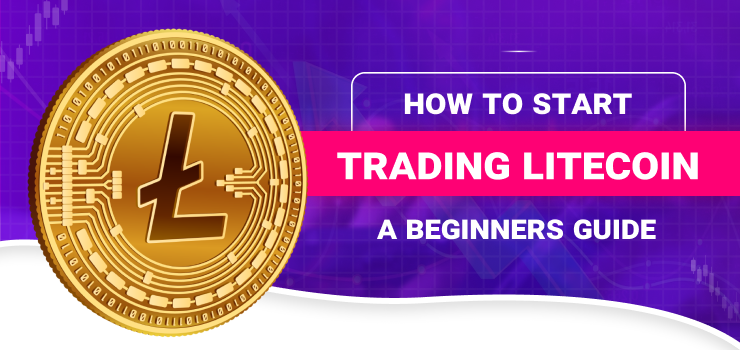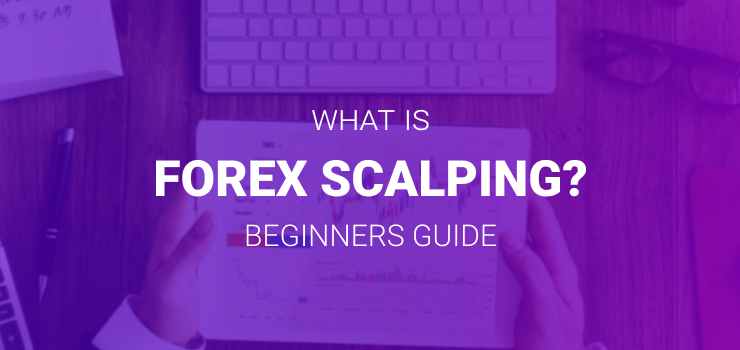Do you want to explore the fascinating world of crypto but don’t know where to start? Litecoin might be a good place to start. One of the most well-liked and approachable cryptocurrencies available is Litecoin (LTC), sometimes referred to as the “silver to Bitcoin’s gold.” This article will teach you all you need to know about trading Litecoin, regardless of how much experience you have with cryptocurrencies.
Consider this your best beginner’s guide: straightforward, easy to understand, and useful.
What Is Litecoin and Why Should You Trade It?
Understanding what Litecoin is and why it deserves your attention is crucial before getting into the specifics of trading. Peer-to-peer cryptocurrency Litecoin was developed in 2011 by Charlie Lee, a former engineer at Google. Since it is built on the coding of Bitcoin, it is frequently referred to as its little sibling. However, it differs in some significant ways, including lower fees and faster transaction speeds.
So, why trade Litecoin? For starters, it’s accessible and widely available on most cryptocurrency exchanges, making it an ideal choice for beginners. Its faster transaction times and lower fees make it practical for trading, especially when compared to Bitcoin. Moreover, Litecoin has been around for over a decade, which adds a level of trust and stability in the ever-volatile crypto market. Think of Litecoin as the stepping stone that helps you understand the broader world of cryptocurrency trading.
Step 1: Understand the Basics of Crypto Trading
The first step to successfully trading Litecoin is understanding the basics of cryptocurrency trading. At its core, crypto trading is about buying and selling digital currencies on a platform called a cryptocurrency exchange. The goal is simple: you aim to buy low and sell high to make a profit.
To get started, it’s important to know a few key terms. A cryptocurrency exchange is the platform where you buy, sell, and trade coins. A wallet is a secure place to store your Litecoin, either online or offline. A market order allows you to buy or sell Litecoin at the current price, while a limit order lets you set a specific price at which you’d like to buy or sell. Think of it like learning the rules of a game before you start playing — understanding these basics will help you navigate the trading world with confidence.
Step 2: Choose the Right Crypto Exchange
Choosing the right cryptocurrency exchange is one of the most crucial steps when starting to trade Litecoin. This is where all your trading activity will take place, so it’s essential to pick a platform that meets your needs. Some of the things to look for in an exchange include its reputation, user-friendly interface, security features, fees, and the availability of Litecoin for trading.
Step 3: Set Up a Secure Wallet
After setting up your exchange account, the next step is to set up a wallet for storing your Litecoin. A wallet functions as your personal vault, keeping your funds secure and accessible. While most exchanges offer built-in wallets, it’s safer to transfer your Litecoin to a private wallet, especially if you plan to hold onto it for an extended period.
There are two main types of wallets to choose from: hot wallets and cold wallets. Hot wallets are connected to the internet and are ideal for frequent trading, while cold wallets, which are offline, are better suited for long-term storage. For instance, if you’re a beginner, a hot wallet like Trust Wallet might be more practical. However, if security is your top priority, a hardware wallet like the Ledger Nano X is an excellent option. Remember, never share your private key with anyone, as it’s the equivalent of handing over your bank account details.
Step 4: Fund Your Account
To start trading Litecoin, you’ll need to deposit funds into your exchange account. Most platforms allow you to fund your account through fiat currency (like USD or EUR) or by transferring other cryptocurrencies like Bitcoin or Ethereum. The process usually involves linking your bank account, credit card, or crypto wallet to the exchange. Take note, though, that some exchanges charge fees for deposits, so it’s always a good idea to double-check the platform’s fee structure before proceeding.
Step 5: Start Trading Litecoin

Once your account is funded, it’s time for the exciting part: trading! There are a few beginner-friendly strategies you can use when trading Litecoin. Day trading involves buying and selling Litecoin within the same day to take advantage of short-term price fluctuations. Swing trading, on the other hand, involves holding onto Litecoin for several days or weeks to profit from medium-term price movements. If you’re not comfortable with frequent trading, you can opt for a long-term strategy called “HODLing” where you hold onto Litecoin regardless of price fluctuations in the hope of significant long-term gains.
To execute your first trade, log into your exchange account and search for Litecoin (LTC). You can choose between a market order for instant trades or a limit order if you want to set a specific price. Once you confirm your trade, you’ll see your Litecoin balance update. Congratulations, you’ve just made your first trade!
Step 6: Monitor the Market and Stay Informed
Trading doesn’t end after you’ve made your first trade. The crypto market is highly volatile, and prices can change rapidly. Staying informed about market trends and news can give you an edge in making smarter trading decisions. For instance, setting up price alerts through your exchange app can help you track Litecoin’s price movements. You can also follow reputable crypto news sites like CoinDesk or CoinTelegraph to stay updated on developments that might impact the market.
Additionally, tools like TradingView can provide valuable insights into Litecoin’s price trends and patterns. Trading is a skill that takes time to develop, so don’t rush. Learn as you go and don’t be afraid to make adjustments to your strategy.
Risks to Be Aware Of When Trading Litecoin
Trading Litecoin, like any investment, comes with its risks. The biggest challenge is the market’s volatility, where prices can swing dramatically within minutes. Security risks, such as hacking or scams, are also prevalent in the crypto space. Emotional trading, driven by fear or greed, can lead to poor decisions and losses. To minimize these risks, it’s crucial to only invest what you can afford to lose, stick to your trading plan, and always thoroughly research before making trades.
Conclusion | Trading Litecoin
Trading Litecoin might seem complex at first, but with the right tools and strategies, it becomes a manageable and even exciting endeavor. Litecoin’s accessibility, faster transaction times, and lower fees make it an excellent choice for beginners. By understanding the basics, choosing a reputable exchange, securing your funds in a wallet, and staying informed, you can confidently start your journey in the world of cryptocurrency trading.
Litecoin is a great starting point, but it’s also a stepping stone to exploring other opportunities in the crypto market. Take it slow, do your due diligence, enjoy the process, and remember that every expert trader was once a beginner.
FAQs
1. Is Litecoin a good investment for beginners?
Yes, Litecoin’s stability, accessibility, and lower transaction costs make it an excellent choice for those just starting out in crypto trading.
2. How much money do I need to start trading Litecoin?
You can start with as little as $10 on most exchanges. However, it’s best to invest an amount you’re comfortable potentially losing as you learn the ropes.
3. Can I trade Litecoin on my phone?
Absolutely! Most major exchanges, like Binance and Coinbase, offer mobile apps that make it easy to trade Litecoin on the go.
4. What’s the best wallet for storing Litecoin?
For short-term use, hot wallets like Trust Wallet are convenient. For long-term storage, cold wallets like Ledger Nano X provide superior security.
5. How do I avoid losing money when trading Litecoin?
Stick to a clear strategy, avoid emotional decisions, do your research, and never invest more than you can afford to lose.



